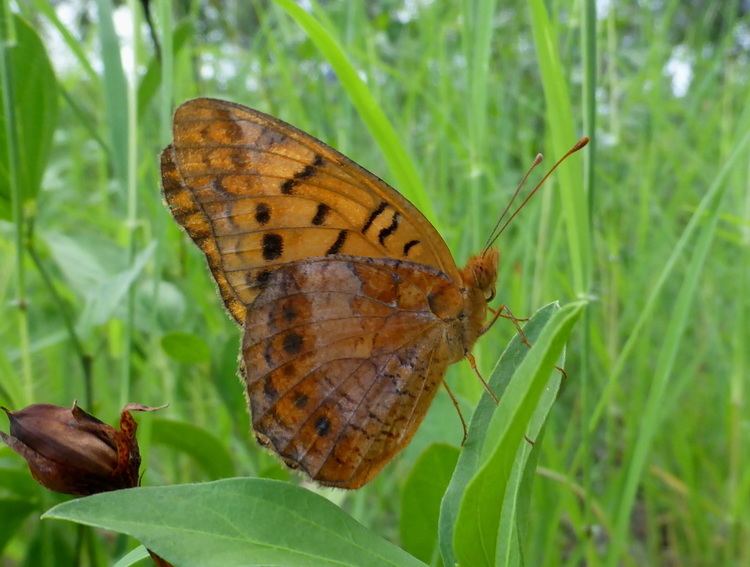Genus Euptoieta Rank Species | ||
 | ||
Similar Euptoieta, Euptoieta claudia, Chlosyne lacinia, Chlosyne, Dione | ||
Euptoieta hegesia nymphalidae heliconiinae
Euptoieta hegesia, the Mexican fritillary, is a North and South American butterfly in the family Nymphalidae.
Contents
- Euptoieta hegesia nymphalidae heliconiinae
- Euptoieta hegesia laguna del diario uy 2 3 2017 antonio silveira
- Description
- Similar species
- Flight
- Habitat
- Life cycle
- Host plants
- References
Euptoieta hegesia laguna del diario uy 2 3 2017 antonio silveira
Description
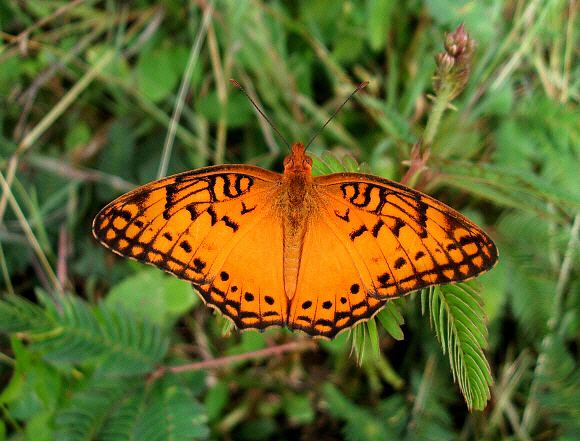
The upperside of the wings is bright orange with the basal part of the hindwing unmarked. There is a row of submarginal black spots on both the forewing and the hindwing. The underside of the wings is yellow orange with no submarginal black spots. It has a wingspan of 2.5 to 3 inches.
Similar species
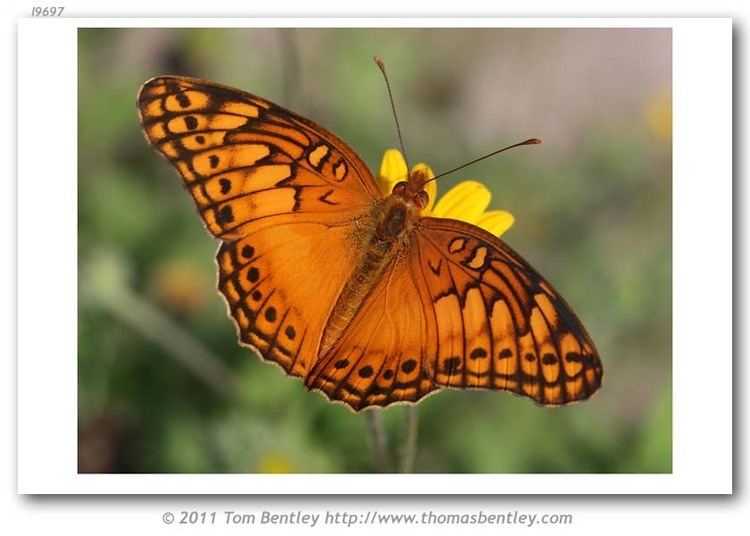
The only similar species in the Mexican fritillary's range is the variegated fritillary (Euptoieta claudia). The variegated fritillary has black median lines on the upperside of the hindwing, and on the underside of the hindwing it has a pale postmedian band.
Flight
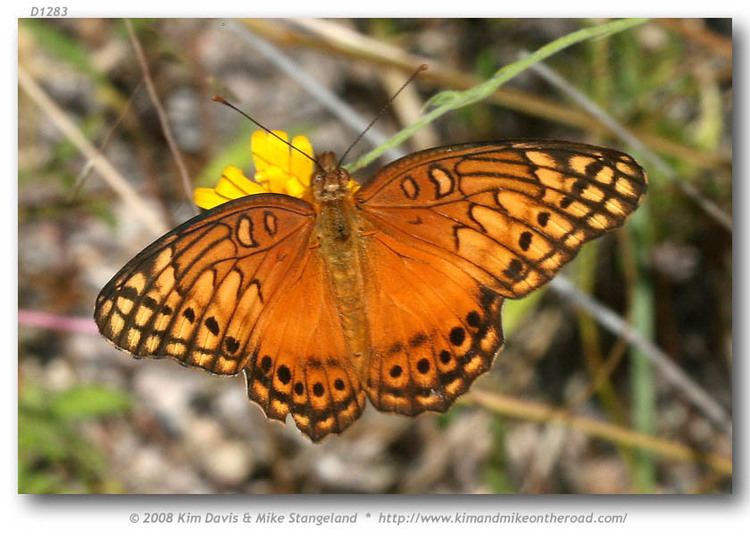
The Mexican fritillary may be seen from mid-June to November in Arizona, from July to December in Texas and year round in Mexico.
Habitat
This species may be encountered in a wide range of open habitats and gardens.
Life cycle
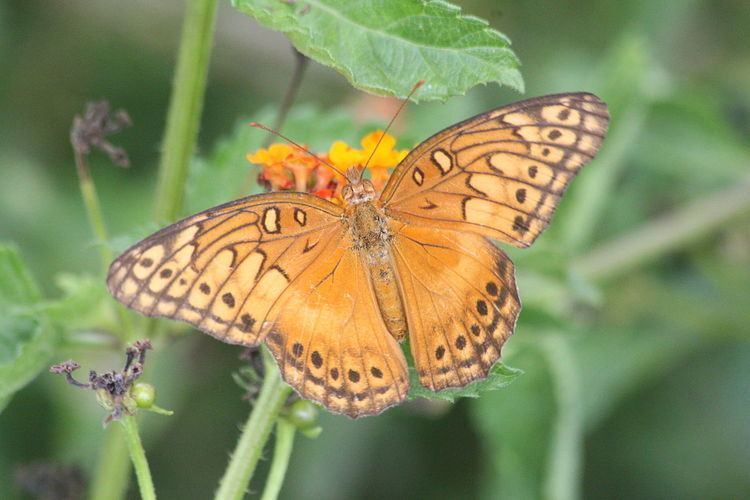
The larva is shiny red, with middorsal silver spots edged with black. It has a subdorsal row of white spots ringed with black, a spiracular silver line with black edges, and six rows of black spines. The red head has two long black spines with clubbed ends. The chrysalis is dark brown or rarely tan, with gold eyes and short gold lateral and subdorsal cones. On the wing cases, it has a black marking shaped like a "T". It has one to three broods per year.
Host plants
Here is a list of host plants used by the Mexican fritillary:
